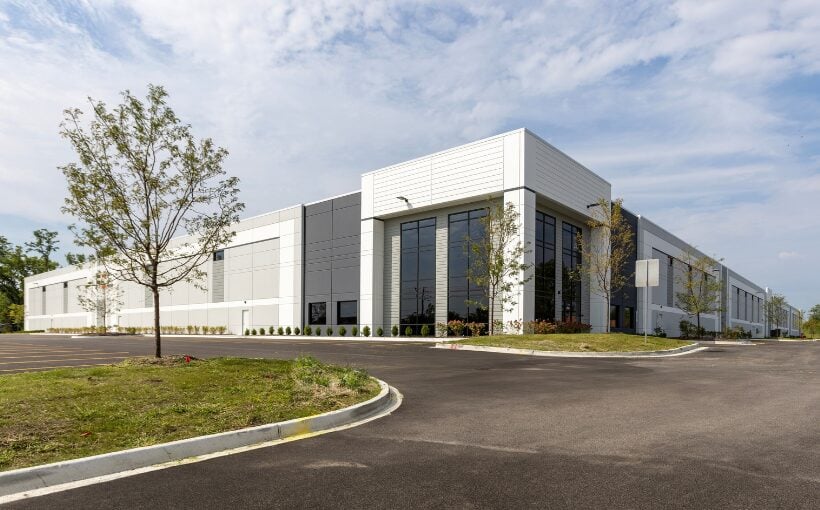The multifamily housing market has remained resilient despite challenges such as slower rent growth and a slight decrease in occupancy rates. However, like other real estate sectors, apartments have faced difficulties with capital due to factors such as higher interest rates and risk-adjusted return price discovery issues.
Fortunately, there are financing options available for multifamily borrowers according to a recent report by Geoffrey Arrobio of Matthews Real Estate Investment Services. In the report, Arrobio provides insights on the current state of apartment financing including macro fundamentals, successful deals being made and predictions for 2024.
While it is true that cost of capital and lack of interest rate stabilization have had an impact on the market in 2023, Arrobio notes that investment capital is still available through alternative methods such as bridge loans or mezzanine financing. He also mentions that private sources continue to enter the market which can provide additional options for borrowers facing loan maturities over the next year or so.
Despite these challenges with capital availability, underlying fundamentals remain strong in supporting housing demand. This includes ongoing shortages in affordable housing and obstacles faced by those looking to purchase single-family homes due to high interest rates and limited supply.
Arrobio explains that this means multifamily properties will continue to see steady lease-up rates along with moderate rent growth. While there has been some slowing down in rental increases over recent years due partly from rent-control mandates and new construction projects entering the market; rising costs associated with building new units may help balance out supply levels leading into increased demand once again.
In terms of securing funding for specific deals within this sector; GSEs (government-sponsored enterprises), life insurance companies , CMBS (commercial mortgage-backed securities), credit unions , private debt funds are all potential sources depending upon what type(s) you need . Banks may also be an option but many have stopped originating loans at present time .
Lenders tend towards stabilized assets generating cash flow, acquisition/rehab projects and bridge loans for properties that need more time to stabilize or do not qualify for a conventional fixed-rate option. However, construction financing has been difficult to obtain according to Arrobio.
Looking ahead, the multifamily sector will face challenges with a significant volume of loan maturities in an environment where interest rates are much higher than they have been over the past decade. To address this issue, Arrobio suggests exploring options such as loan extensions , refinancing (with additional equity or rate buy-downs), restructuring loans , seeking rescue capital and/or considering full/partial sales .
Despite these obstacles facing borrowers in the near future; there is still potential for investors looking at acquiring assets at lower basis levels as banks and other lenders begin unloading non-performing assets within this space over next 12-24 months . Ultimately though; it appears that demand will continue outstripping supply which should help keep viability of both multi-family housing units along with build-to-rent communities positive moving forward .




